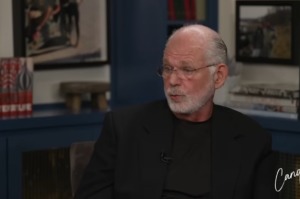Number of Independents at Record High, Mostly Because Conservatives Dislike the Republican Party
The number of Americans identifying as political independents is at a record high, according to Gallup. The rise is mostly due to the fact that many of those who prefer the Republican Party over the Democratic Party no longer wish to be identified as a Republican.
Forty-two percent of Americans now identify as independents, according to polling conducted by Gallup over the past year. That is the highest it has been since Gallup began asking the question in 1988.
Thirty-one percent identify as Democrats and 25 percent identify as Republicans.
The portion of Americans identifying as independents has grown in each of the last three years. This rise in independents is mostly due to a drop in Republican identifiers. Republican identification has declined from 34 percent in 2004, the highest on record, to 28 percent in 2008.
Republican identification increased slightly, to 29 percent, in 2010, but has dropped four percentage points since then.
Democratic identification has remained more steady. There was a drop, though, in Obama's first two years as president, from 36 percent in 2008 to 31 percent in 2010.
This means that the rise in independents since 2010 is mostly due to disillusioned former Republicans no longer wishing to claim the Republican Party label.
In looking at this data it is important to understand the difference between "independent-leaners" and "true independents."
Political scientists have long noted that most independents actually prefer one of the two major political parties. The independents who lean Republican vote much like Republican identifiers and independents who lean Democratic vote much like Democratic identifiers.
The independents who genuinely have no preference for either party, or "true independents," do not vote in high numbers and perform poorly on political knowledge questions.
The more important data to look at then is what happens when Democratic-identifiers and Democratic-leaners are collapsed into a single category, and Republican-identifiers and Republican-leaners are collapsed into a single category.
Sixteen percent of Americans are Democratic-leaners and another 16 percent are Republican-leaners. (This leaves only 10 percent of the population who are "true independents.")
Collapsing the categories shows that Democrats have a six percentage point advantage over Republicans, 47 to 41 percent, which is about the same that it was in 2012. In 2010, when Republicans made large gains in the midterm elections, the parties were about equal – 45 percent for Democrats and 44 percent for Republicans.
The Gallup survey is based upon 13 polls conducted in 2013. There were 18,871 adults in the sample. The sampling error is plus or minus one percentage point.





























